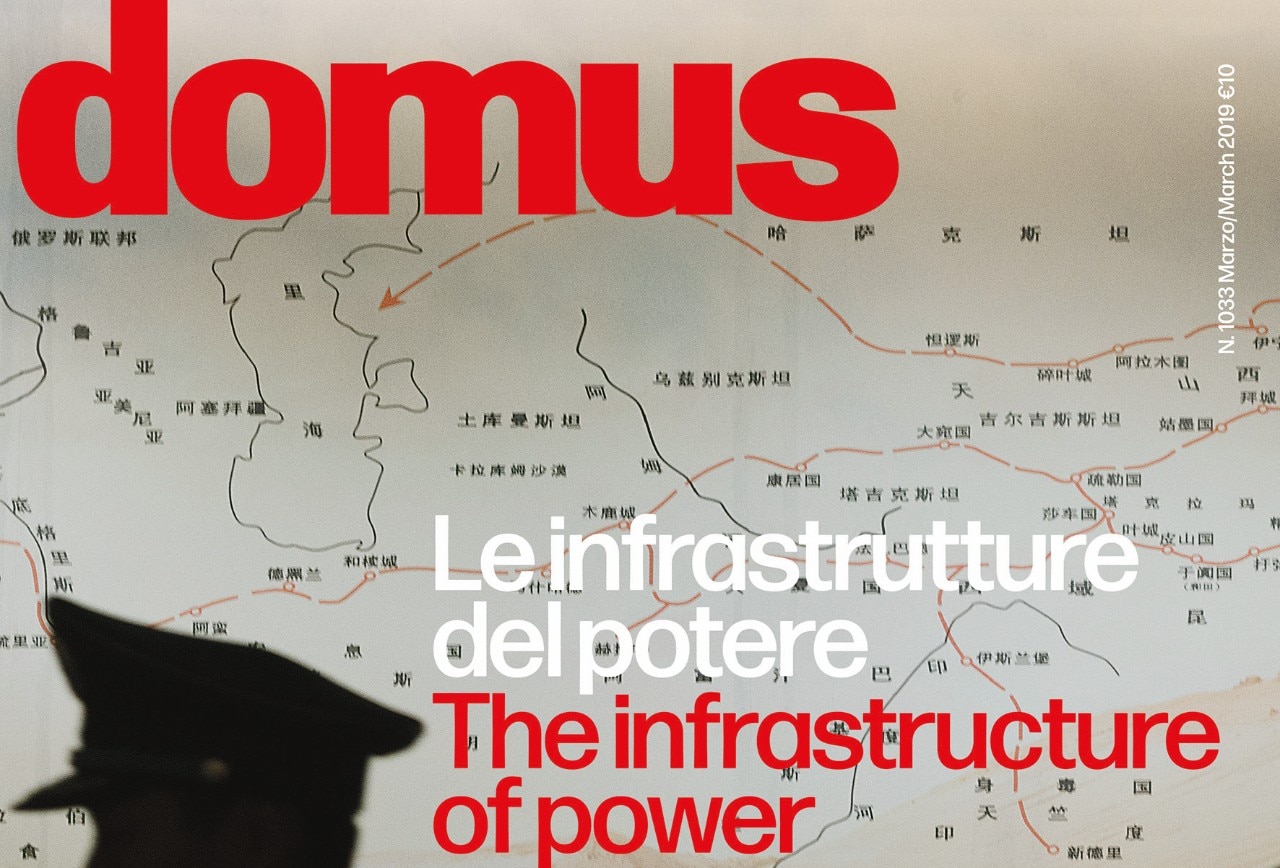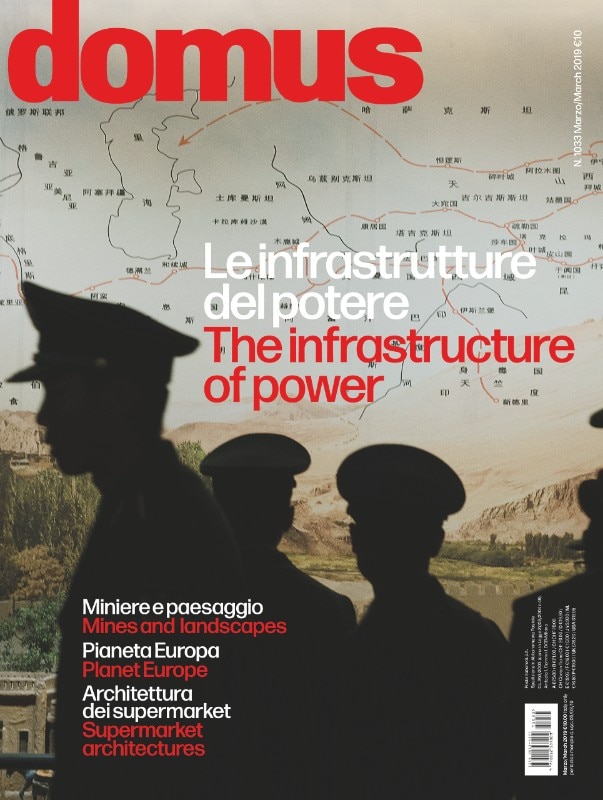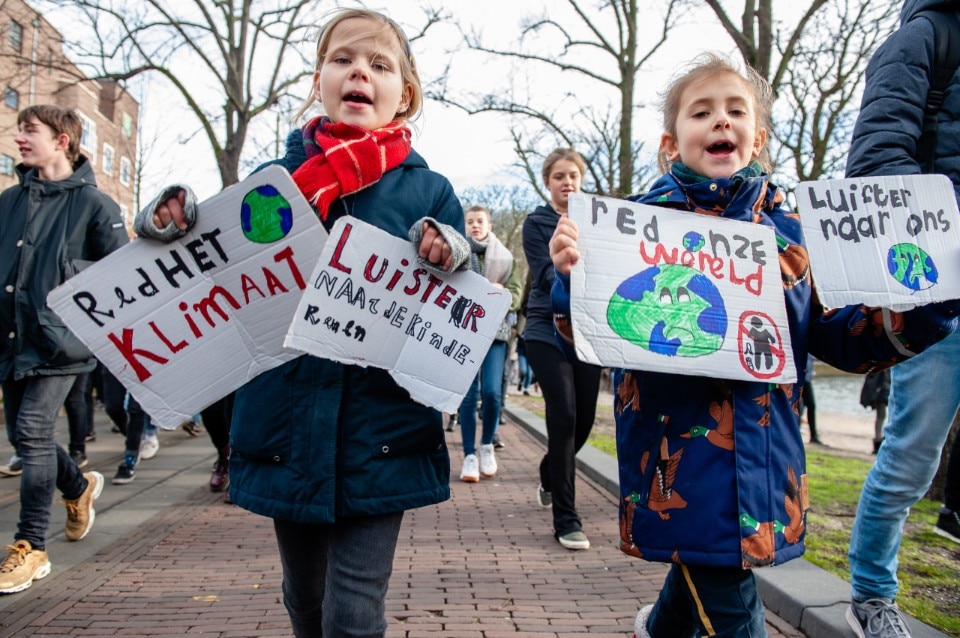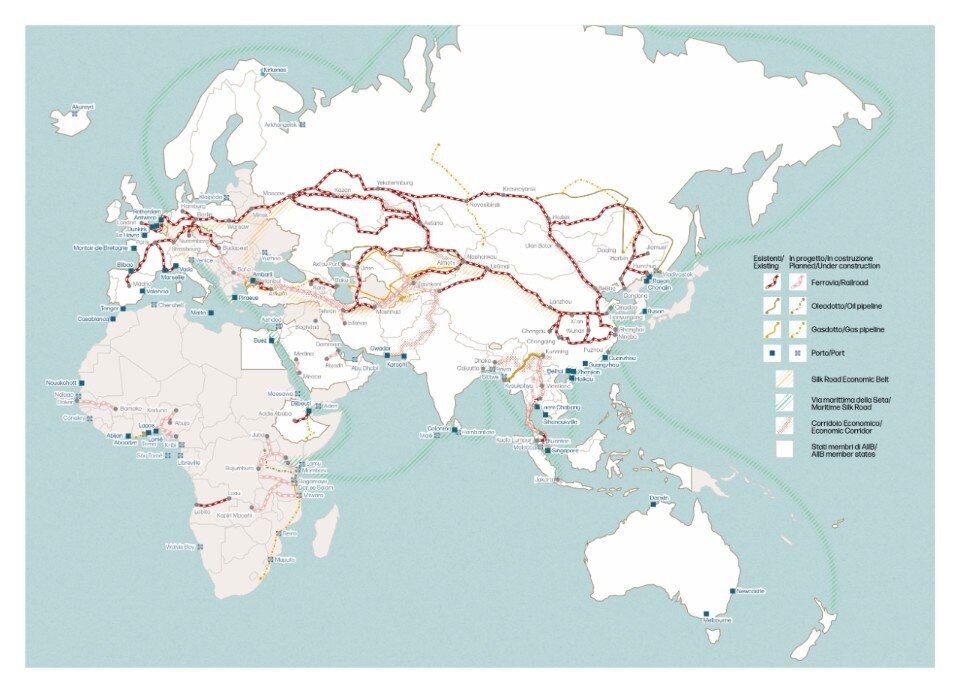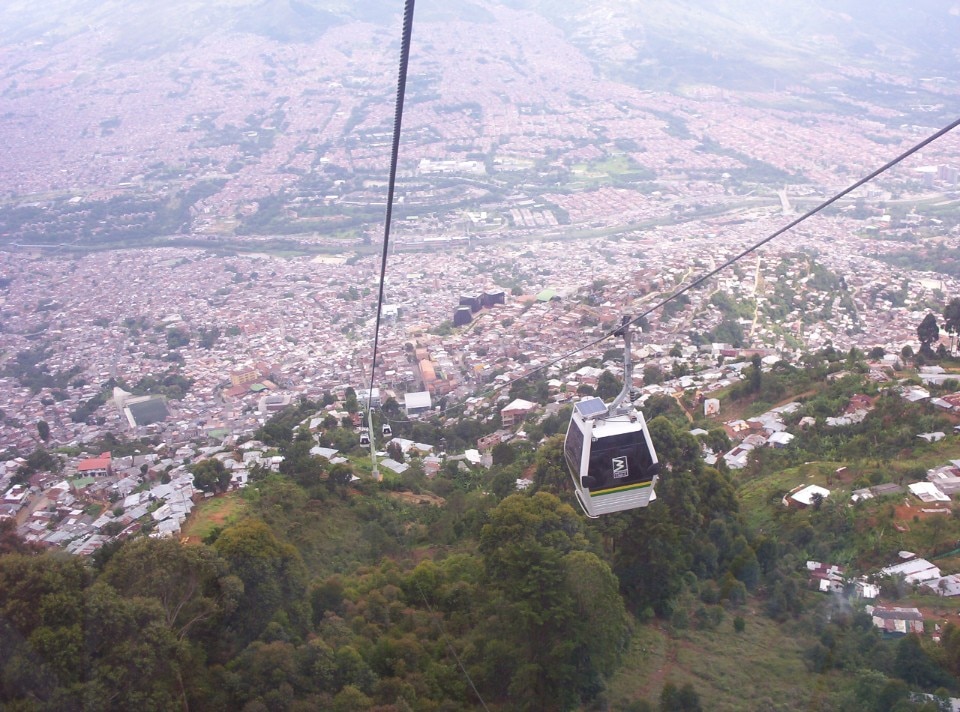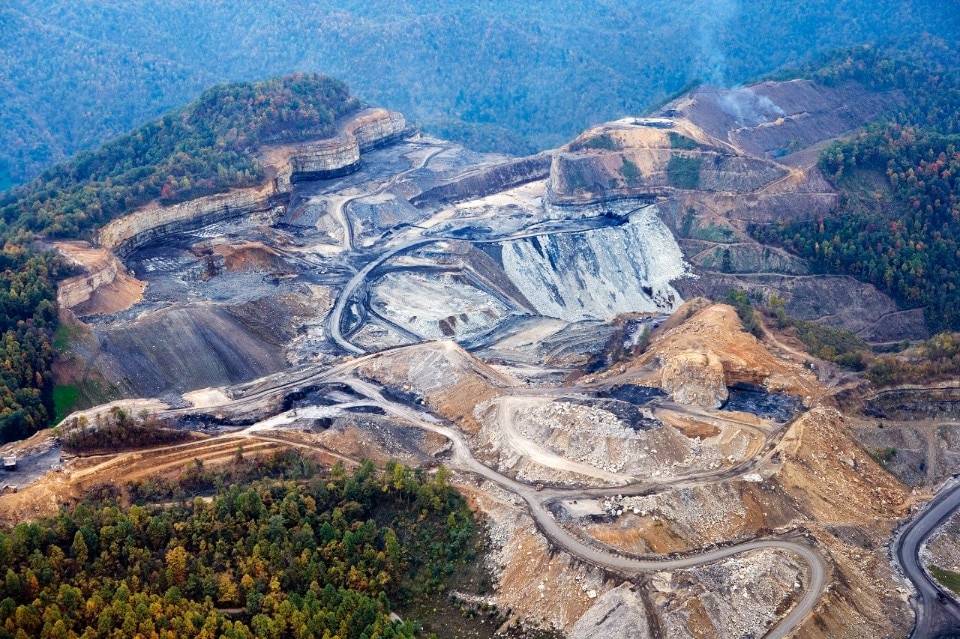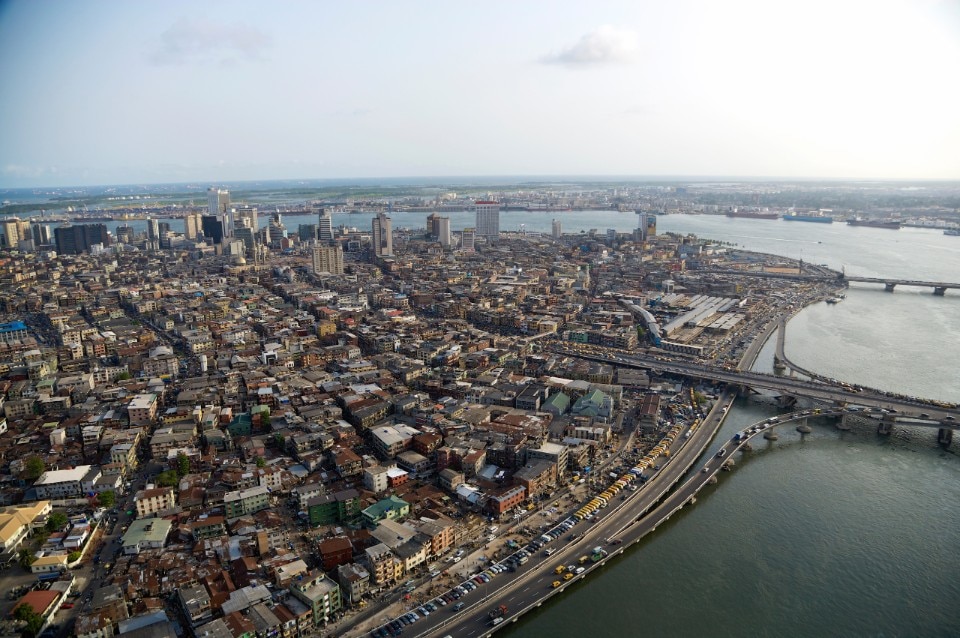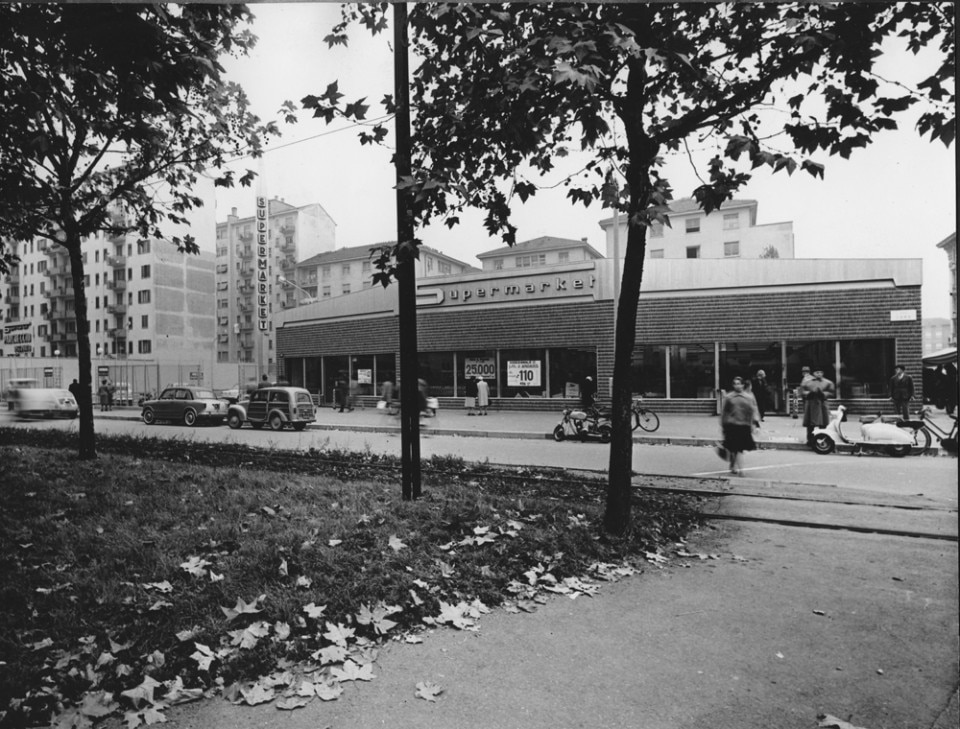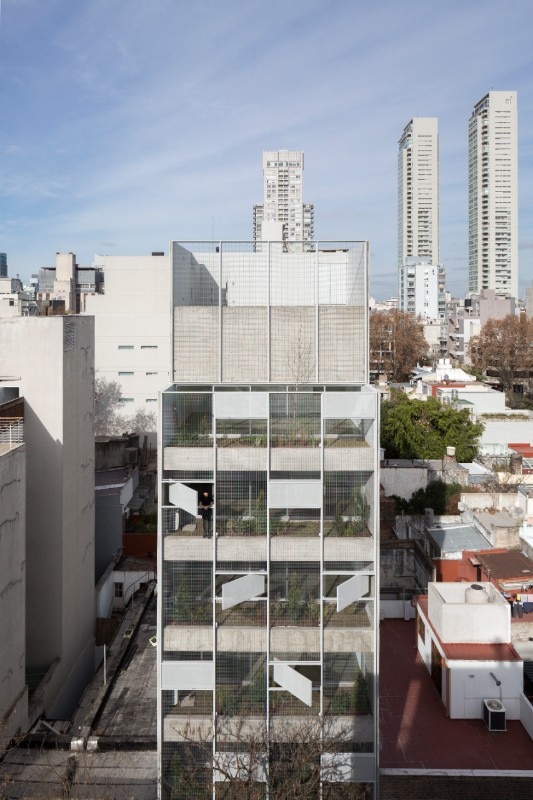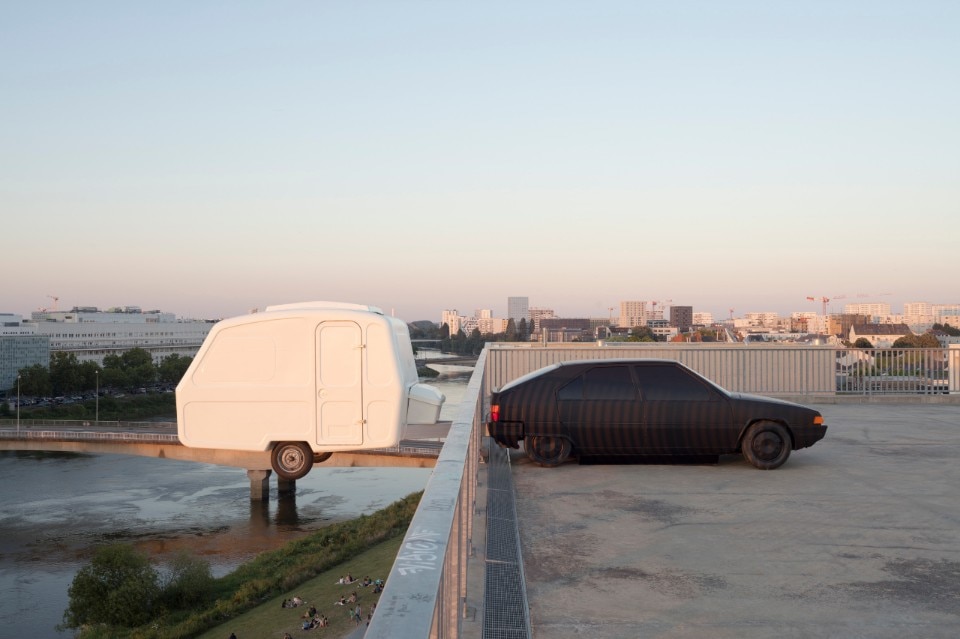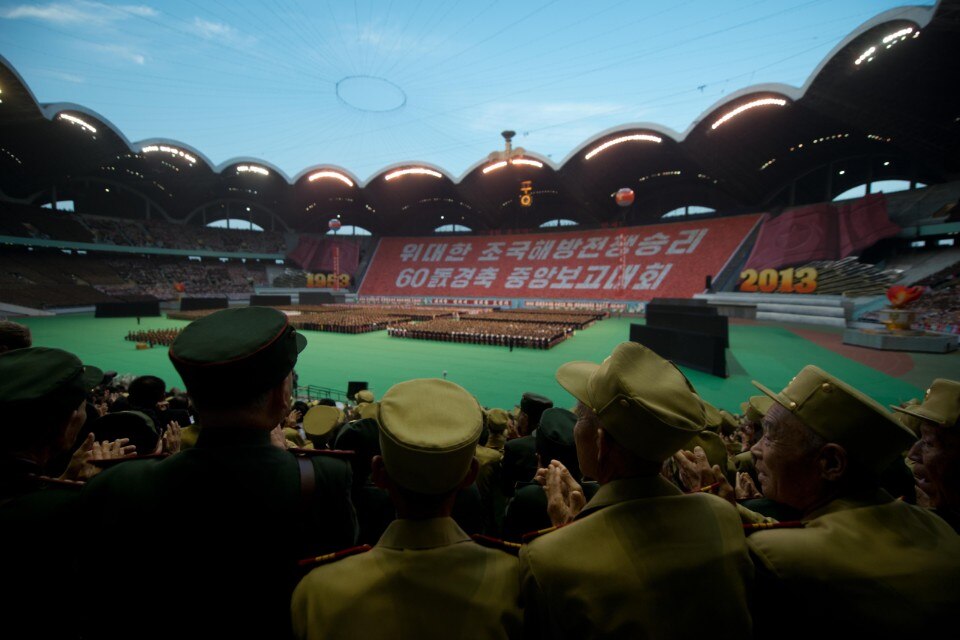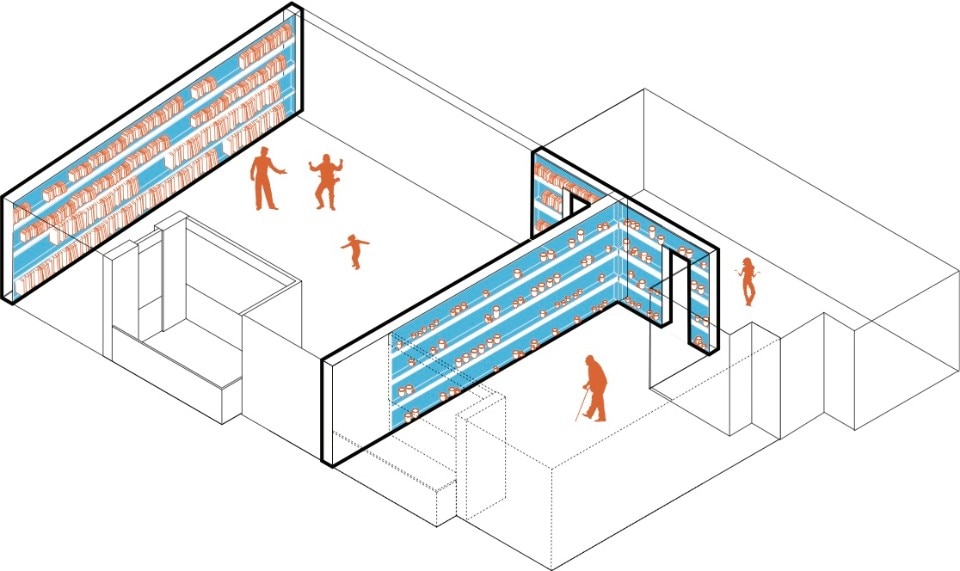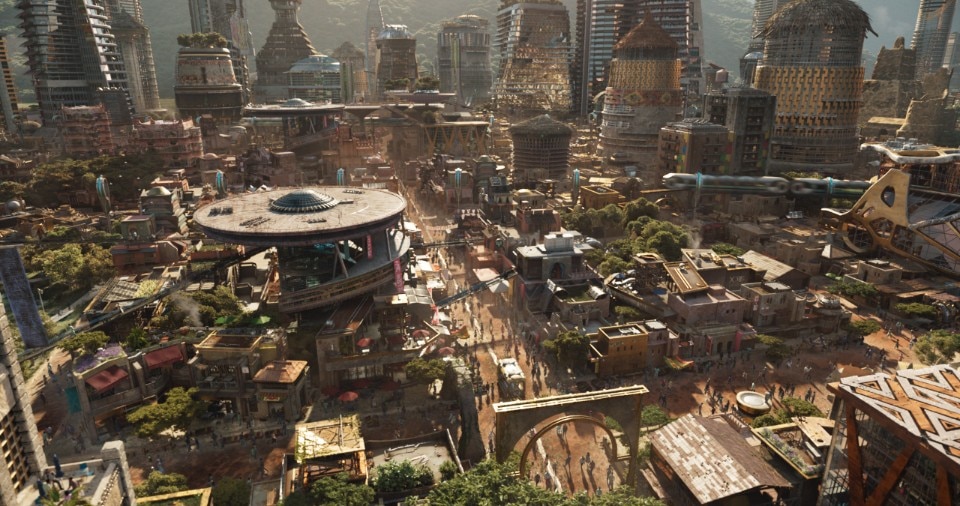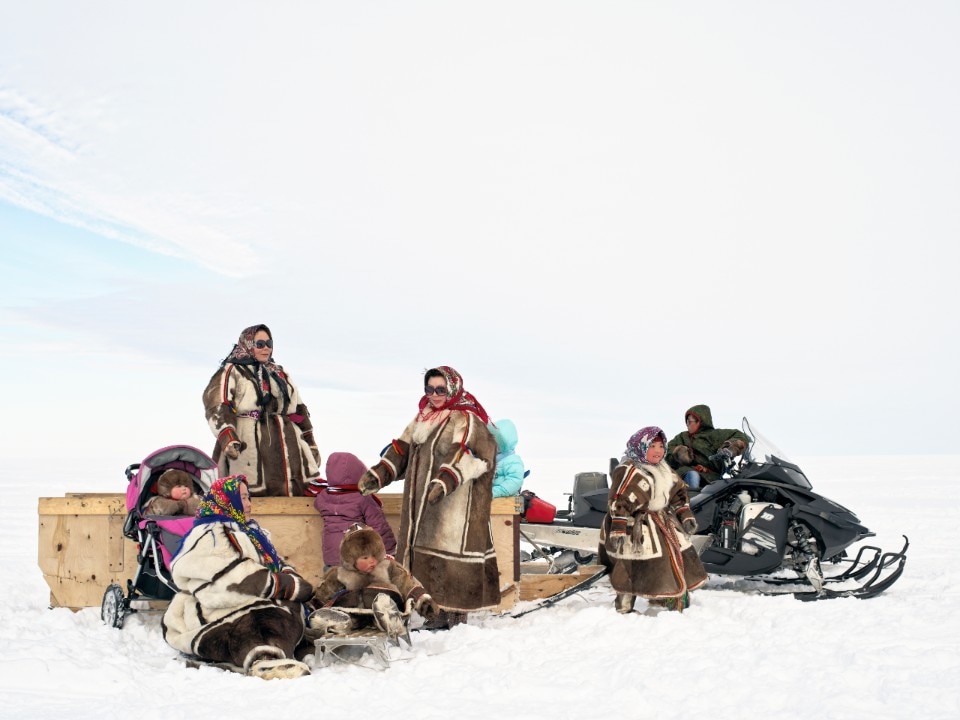In the March issue guest editor Winy Maas discusses about a new world map. Climate change, poverty, social tensions and conflicts are the problems that we face and need to solve not forgetting to create beauty in places.
Domus remembers Alessandro Mendini, who passed away in February. He was editor in chief for two “very different seasons”, as editorial director Walter Mariotti defines them: from 1979 to 1986 and from 2010 to 2011.
Interview. Winy Maas meets the American sociologist Richard Sennett for a semi-formal discussion about the neoliberal city, open planning systems and more. The occasion is the Dutch publication of Sennett’s last book Building and Dwelling.
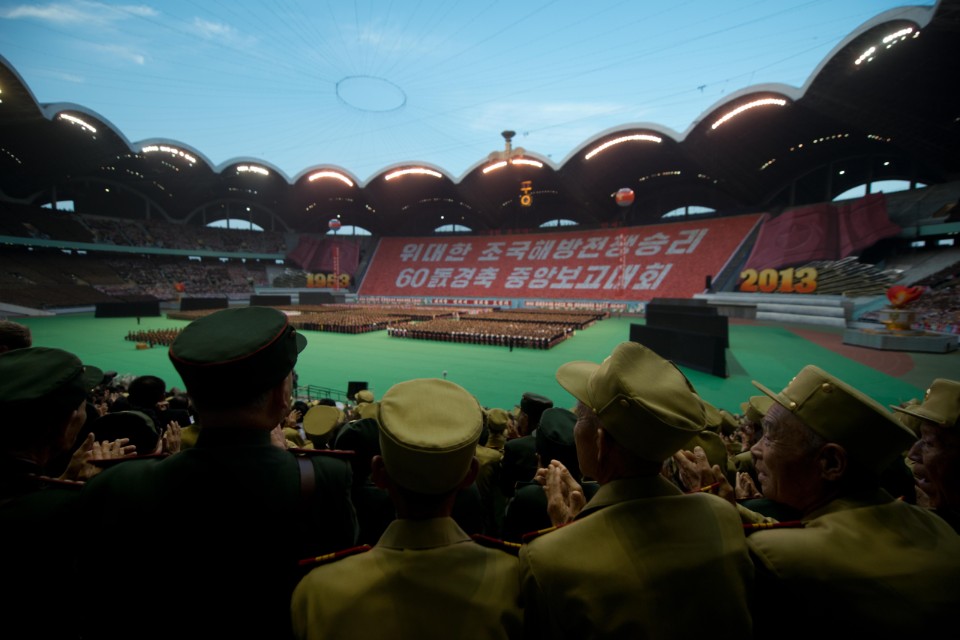
Urbanism. The cover story of this month is about the new Silk Road, the Belt and Road initiative, that will link Beijing to Madrid. With it, the Chinese economic expansion plan takes the form of a constellation of relationships that goes well beyond the infrastructure. Meanwhile, Europe is still shaken by Brexit: we propose two future scenarios about the European identity and role in the world, as a larger continent of shared values, or as an artificial democracy dominated by the machines. In Africa the cultural, social and ecological setup of the coastal area of Lagos, one of the world’s largest megacities, are threatened by development plans and land speculation.
Cinema. From Nigeria to Marvel’s fictional Wakanda, home kingdom of the African superhero Black Panther, that in some way reminds of the promotional brochures presented by real-estate developers to promote new towns in Africa.
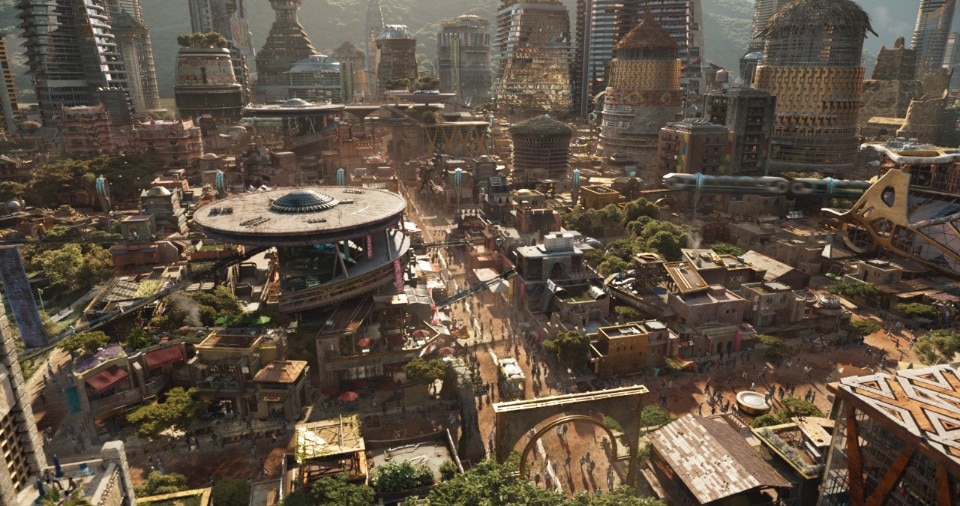
Landscape. Mines destroy the land, but will continue to expand as long as there’s money to be made. We present a global mineral extraction map and the most relevant data, that outline the leading role of China in the production of rare earth metals – but also of coal.
Architecture. Esselunga opened its first supermarket in 1957 in Milan. Since then, the company growth has been entwined with the work of famous architects and graphic designers. The story through the pictures that depict the most relevant of 158 “big boxes” that Esselunga has built all over Italy.
In Buenos Aires, the Bonpland 2169 building by Adamo Faiden was conceveid as a flexible infrastructure that welcomes diversity, and represents “a programmatically unstable but spatially specific environment”.
Oliver Wainwright, the architecture and design critic of The Guardian, picks up the Rungrado May Day Stadium, the biggest in the world, as the symbol of Kim Jong-un’s international outward-looking ambitions.
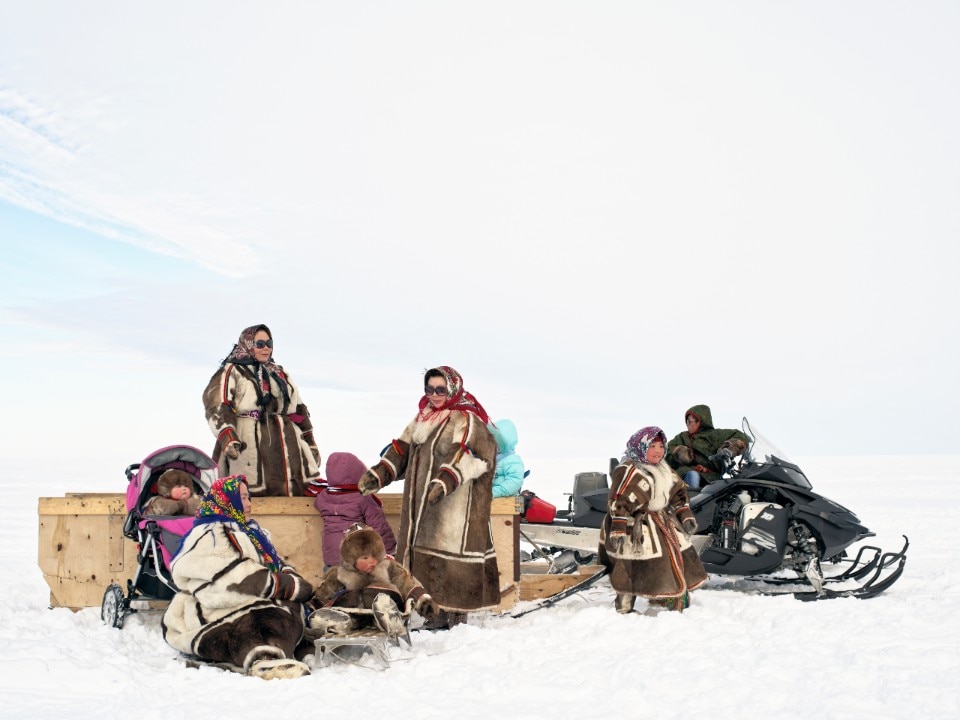
Cities. In Berlin, 194.000 new apartments are needed until 2030. 28 students explored ways in which the future can become increasingly co-operative, with shared spaces and services. We present a series of five case studies analyzed in the capital city of Germany.
Kumbh Mela is the world’s largest ephemeral metropolis, with 120 millions of pilgrims attending this Hindu religious festival, and a good example of elastic urban design. It’s erected in only three months. We analyze it as a part of our series on events, after Davos and Atlanta.
One photo at a time this month features Charles Xelot’s Nenets Family, shot in the Yamal Peninsula, where the exploitation of the natural gas fields may be a double-edged sword for its inhabitants.

